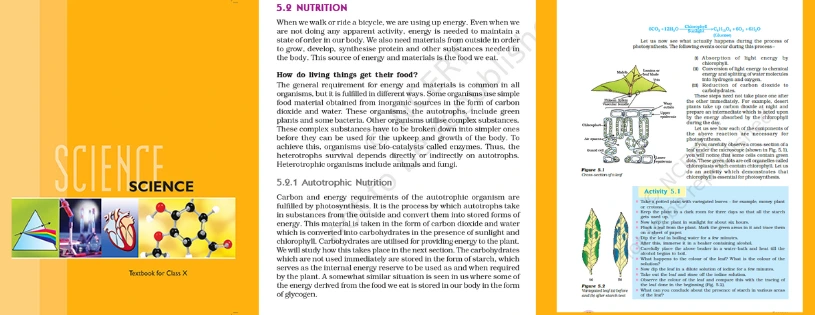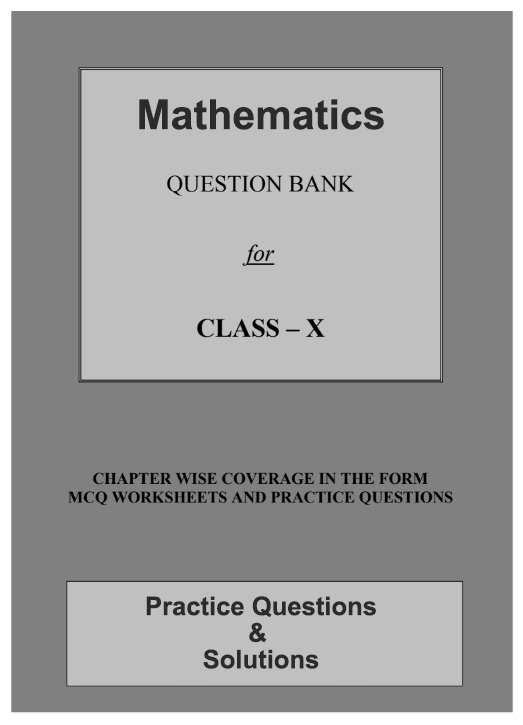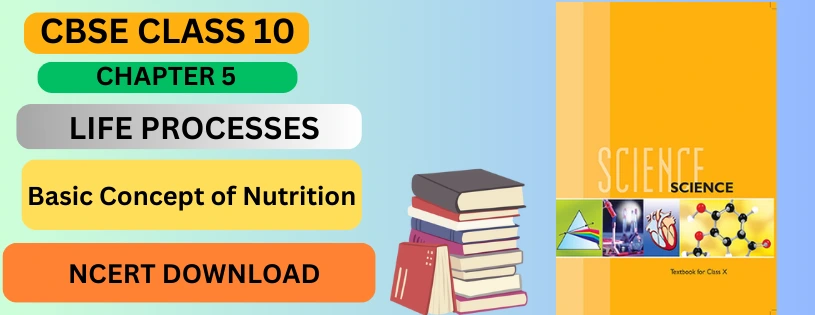In the realm of Class 10 studies, where knowledge forms the foundation for future academic pursuits, understanding the basic concepts of nutrition becomes a pivotal aspect of holistic education. As students embark on this educational journey, we find ourselves seeking reliable resources that align with our curriculum. Enter CBSE NCERT – the trusted beacon of educational excellence. In this blog post, we will not only unravel the essential concepts of nutrition but also guide you through the process of downloading relevant materials from CBSE NCERT, ensuring a seamless integration of academic insights with practical knowledge about the fundamental principles that govern our dietary choices. So, let's dive into the world of nutrition, armed with the knowledge provided by CBSE NCERT, and explore the foundations of a healthy and informed lifestyle.
Unlocking Nutrition's Essentials: CBSE NCERT Download for a Comprehensive Grasp on Basic Concepts
What is Nutrition?
Nutrition is the process by which living organisms obtain and utilize the necessary nutrients for growth, development, and maintenance. These nutrients are vital for the proper functioning of the body and are obtained through the food we consume.
Essential Nutrients:
Our body requires various nutrients to carry out its functions effectively. These can be broadly classified into six categories:
Carbohydrates: Provide energy.
Proteins: Essential for growth and repair.
Fats: Necessary for energy storage and insulation.
Vitamins: Regulate various biochemical processes.
Minerals: Important for bone health, fluid balance, and more.
Water: Vital for hydration and facilitating chemical reactions.
Balanced Diet:
A balanced diet is crucial for maintaining good health. It involves consuming the right proportion of carbohydrates, proteins, fats, vitamins, minerals, and water. Understanding the food pyramid can help in planning a well-balanced diet.
Food Sources: Different food items serve as rich sources of specific nutrients. For instance, dairy products, meat, and legumes are excellent sources of proteins, while fruits and vegetables are abundant in vitamins and minerals. Knowing these sources aids in creating a diverse and nutritious diet.
Digestion and Absorption:
Once we consume food, our body breaks it down through the process of digestion. Nutrients are then absorbed in the small intestine and transported to various parts of the body through the bloodstream. Understanding this process sheds light on how our body utilizes the nutrients we intake.
Common Nutritional Disorders:
Lack or excess of certain nutrients can lead to nutritional disorders. Examples include malnutrition, obesity, vitamin deficiencies, and more. Recognizing the signs and understanding the preventive measures is vital for maintaining optimal health.

Download Science notes
Types of Nutrition
Broadly, there are two types of nutrition among living organisms, namely:
-
Autotrophic mode
-
Heterotrophic mode
Autotrophic Nutrition
In the autotrophic mode, organisms use simple inorganic matter like water and carbon dioxide in the presence of light and chlorophyll to synthesize food on their own. In other words, the process of photosynthesis is used to convert light energy into food such as glucose. Such organisms are called autotrophs. Plants, algae, and bacteria (cyanobacteria) are some examples where autotrophic nutrition is observed.
During photosynthesis, carbon dioxide and water get converted into carbohydrates. These carbohydrates are stored in the form of starch in plants. Plants later derive the energy required from the stored starch. The process of photosynthesis can be explained in three stages:
-
Absorption: The chlorophyll present in leaves traps the light coming from the sun.
-
Conversion: The absorbed light energy gets converted into chemical energy. And water absorbed will split into hydrogen and oxygen molecules.
-
Reduction: At last, carbon dioxide gets reduced i.e. hydrogen molecules combine with carbon, to form carbohydrates (sugar molecules).
Autotrophic Nutrition
All three events are not a continuous process. They may or may not take place sequentially.
In plants, stomata are the openings on leaves where gaseous exchange takes place and is regulated by guard cells. Plants take in and release gases through these stomatal pores.
In desert-like habitats, to avoid water loss, guard cells keep these pores closed during the daytime. Later, during the night time, stomata will be opened to absorb carbon dioxide and store in the vacuoles. During the daytime, they will use this stored carbon dioxide to perform photosynthesis.
Other than photosynthesis, plants also depend on soil for micro and macro elements. These elements are used to synthesize proteins and other essential compounds required for the proper functioning and growth of plants.
Heterotrophic Nutrition
Heterotrophic Nutrition
Every organism is not capable of preparing food on its own. Such organisms depend on others for their nutrition. The organisms which cannot produce food on their own and depend on other sources/organisms are called heterotrophs.
Fungi and all the animals including humans are heterotrophs. Heterotrophs can be of many varieties depending upon their environment and adaptations. Some may eat plants (herbivores) and others eat animals (carnivores) while few eat both (omnivores). Thus we can say survival of heterotrophs depends directly or indirectly on plants.
Heterotrophs are classified into different categories based on their mode of nutrition. They are:
-
Parasites (e.g. leeches, ticks)
-
Saprophytes (e.g. mushrooms)
-
Holozoic (e.g. humans, dogs)
CBSE Class 10th Downloadable Resources:
Being in CBSE class 10th and considering the board examinations you must be needing resources to excel in your examinations. At TestprepKart we take great pride in providing CBSE class 10th all study resources in downloadable form for you to keep you going.
Below is the list of all CBSE class 10th Downloads available on TestprepKart for both Indian and NRI students preparing for CBSE class 10th in UAE, Oman, Qatar, Kuwait & Bahrain.
SAMPLE PRACTICE QUESTION
Q1: What is nutrition?
Ans: Nutrition is the process through which living organisms acquire and utilize essential nutrients for growth, development, and maintenance. These nutrients include carbohydrates, proteins, fats, vitamins, minerals, and water.
Q2: Why is a balanced diet important?
Ans: A balanced diet is crucial as it provides the necessary nutrients in the right proportions for optimal health. It supports growth, repairs tissues, and ensures the proper functioning of various bodily processes.
Q3: What are the key components of a balanced diet?
Ans: A balanced diet includes carbohydrates for energy, proteins for growth and repair, fats for storage and insulation, vitamins and minerals for regulating biochemical processes, and water for hydration.
Q4: How can I plan a balanced diet?
Ans: Plan a balanced diet by incorporating a variety of foods from all food groups. Follow the food pyramid guidelines, ensuring a mix of fruits, vegetables, grains, protein-rich foods, and dairy.
Q5: What are the common sources of essential nutrients?
Ans: Different food items serve as rich sources of specific nutrients. For instance, dairy products, meat, and legumes are excellent sources of proteins, while fruits and vegetables are abundant in vitamins and minerals.

Download Question Bank


Post a Comment